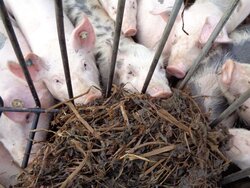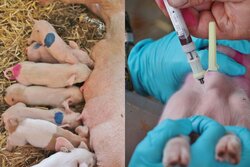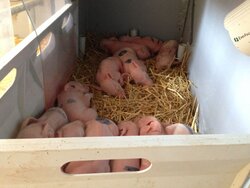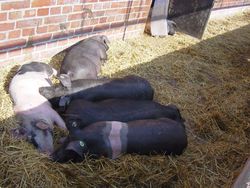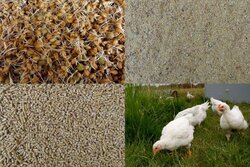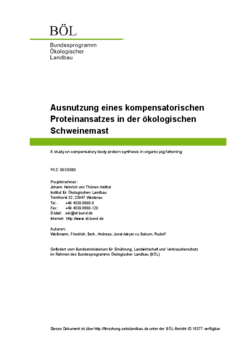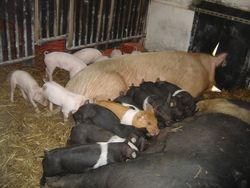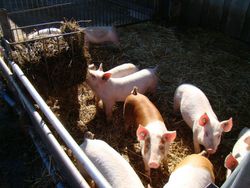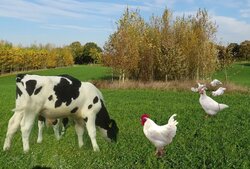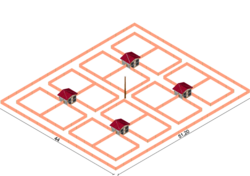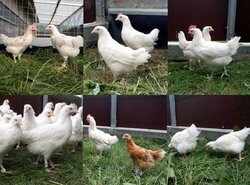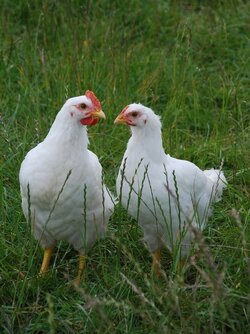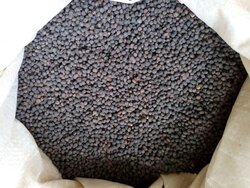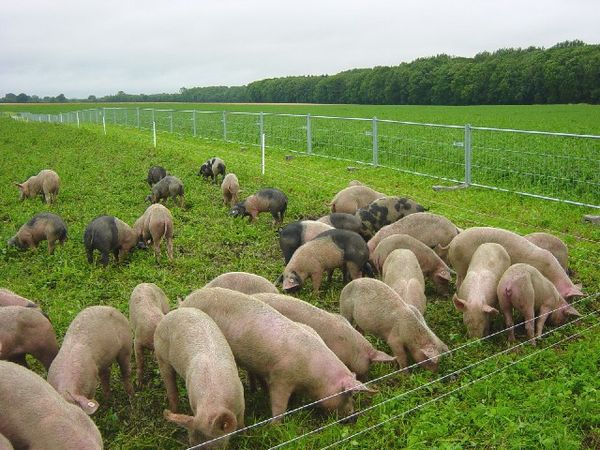
© Thünen-Institut/OL
In organic agriculture, meat production is least-developed. The most important problem is the high nutrient requirement of monogastric livestock like pigs and poultry concerning economic performance and marketable carcass and meat qualities.
Projects mainly focus on the examination of suitable genotypes and diets of 100 % organic origin (genotype-environment-interaction) concerning product and process qualities to improve the production systems and the profile of organic agriculture.
Scroll to top

![[Translate to English:] [Translate to English:]](/media/_processed_/8/e/csm_Bildschirmfoto_2021-03-03_bearb_fc48ac88bf.jpeg)
![[Translate to English:] [Translate to English:]](/media/_processed_/8/e/csm_Bildschirmfoto_2021-03-03_bearb_ba3ec0e9d7.jpeg)
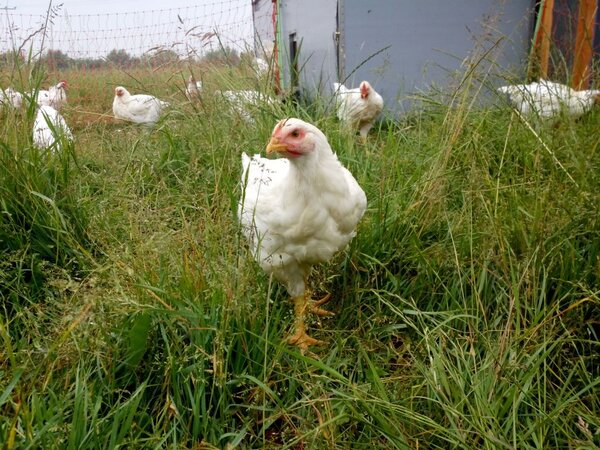



![[Translate to English:] Common vetch: variety testing for agronomy and feeding of fattening pigs](/media/_processed_/b/1/csm_Wick4Pig_Homepage_Th%C3%BCnen-Honsdorf__Stepczynskk_Wiskandt_4a87a0e49f.jpg)
![[Translate to English:] Dark brooders in chicken rearing](/media/_processed_/f/9/csm_Dunkelbrueter_dc2e15d51f.jpg)
![[Translate to English:] sLowFeedChickIns](/media/_processed_/4/9/csm_TI-OL_Helen_Pluschke_Slowfeedchickins_6c1f856da0.jpg)
